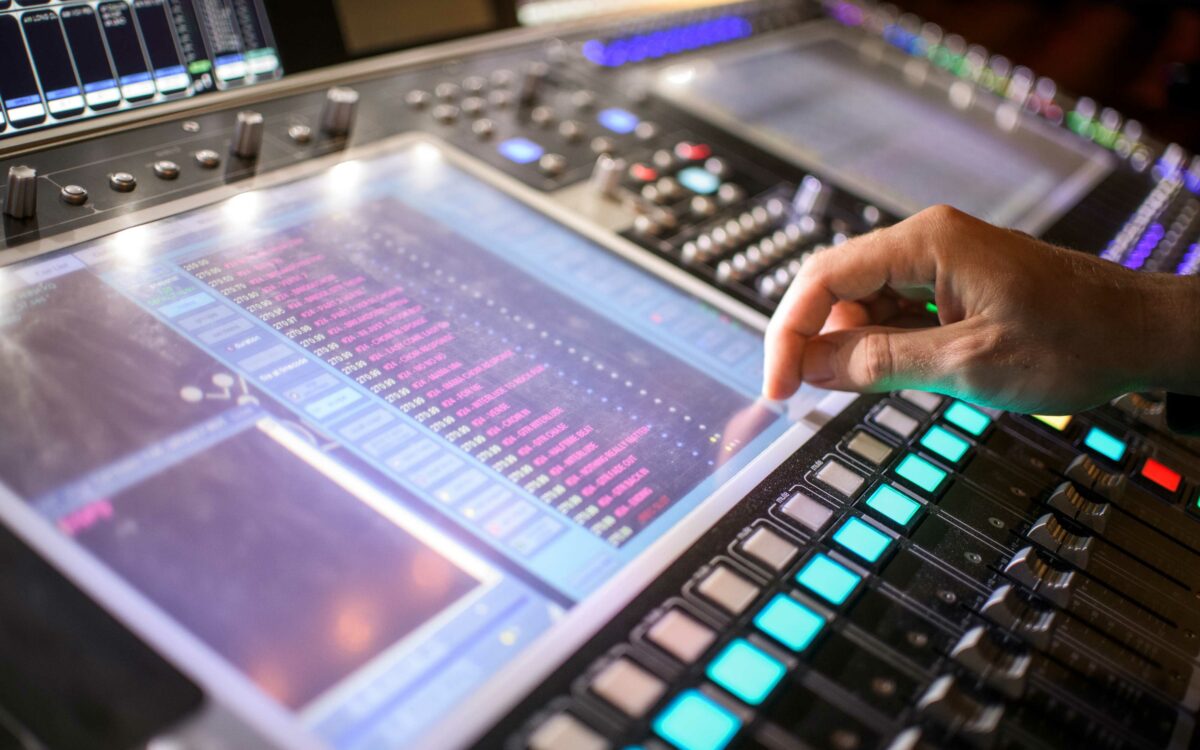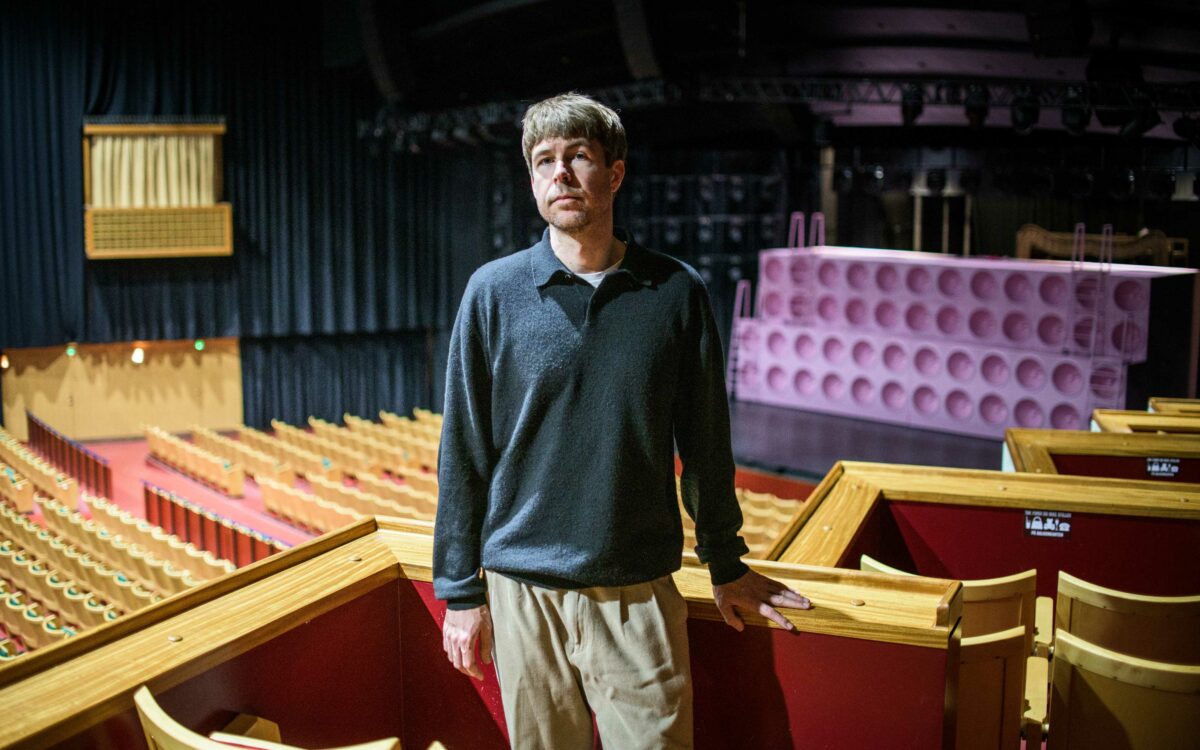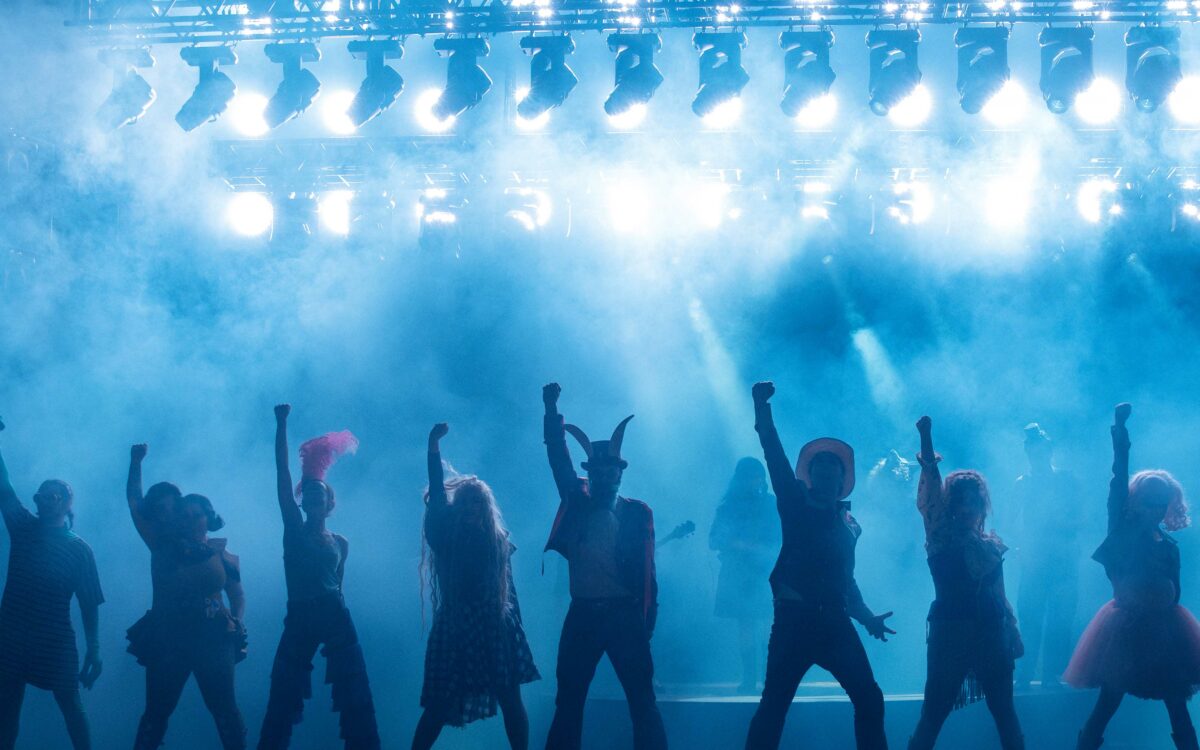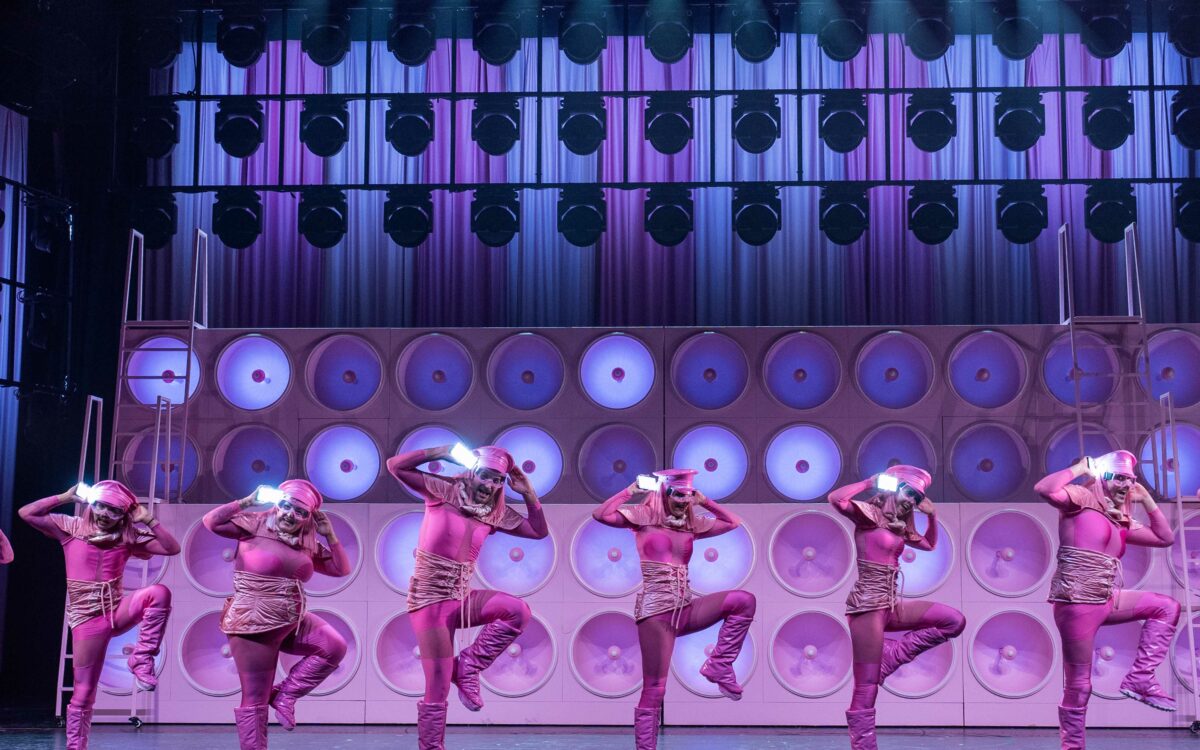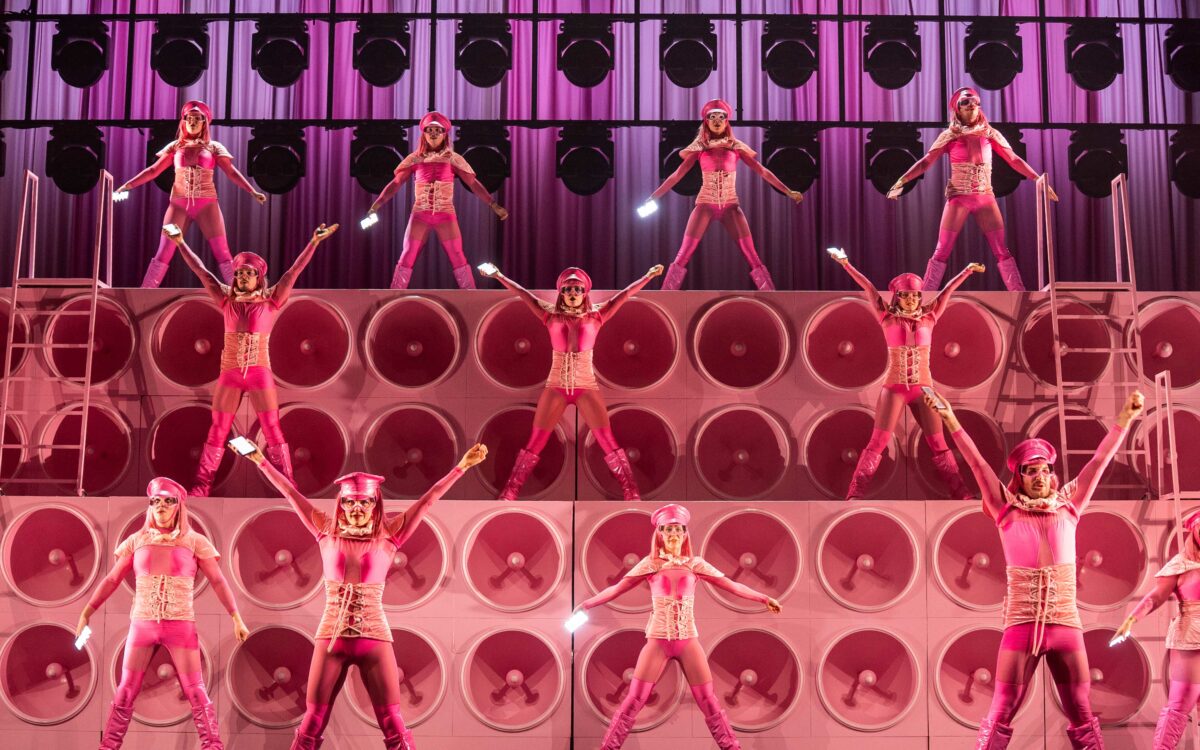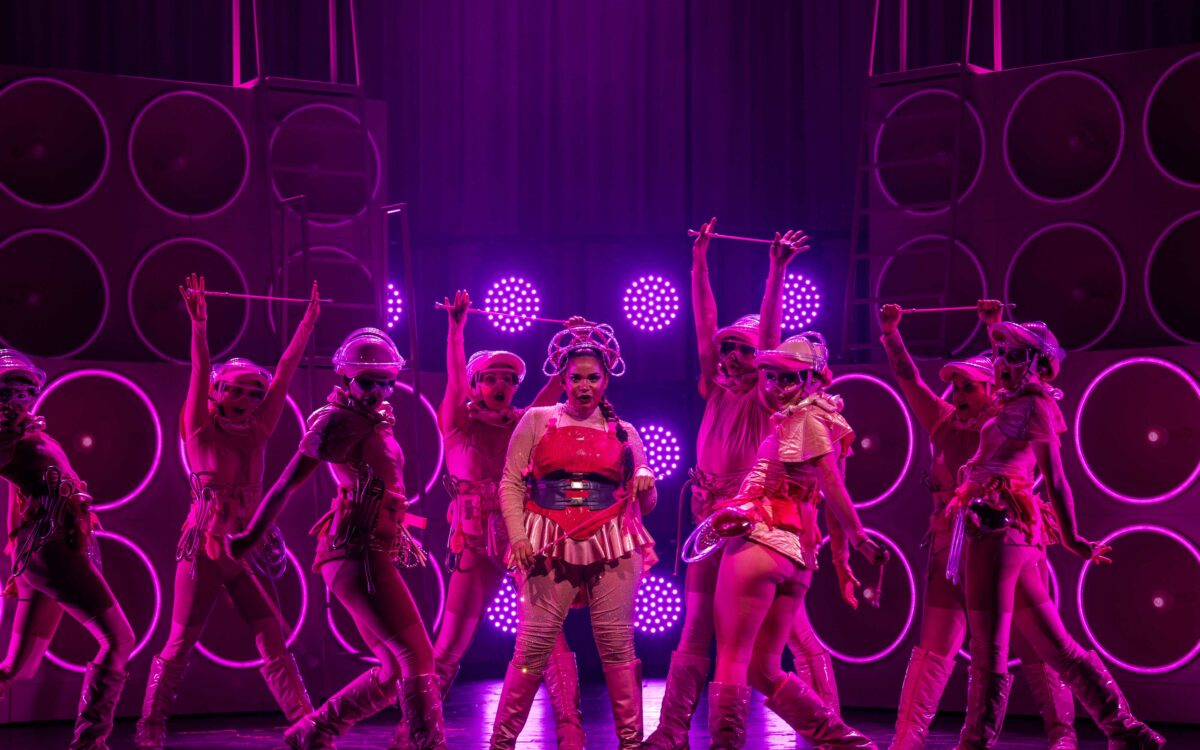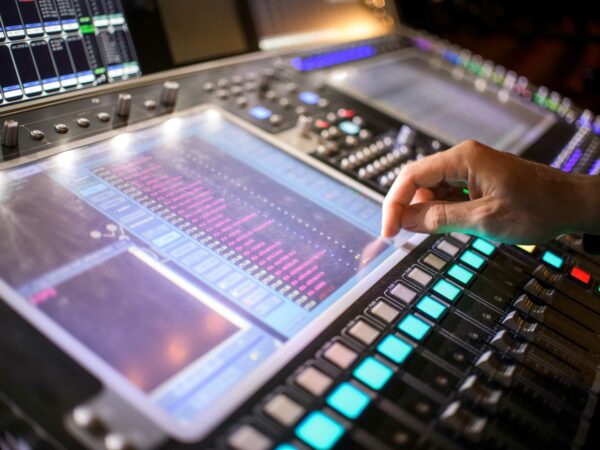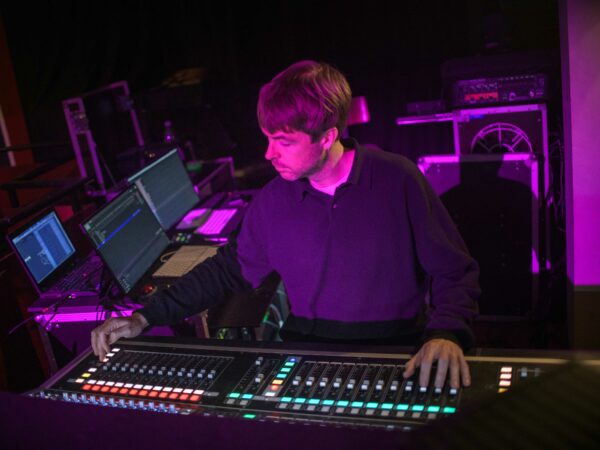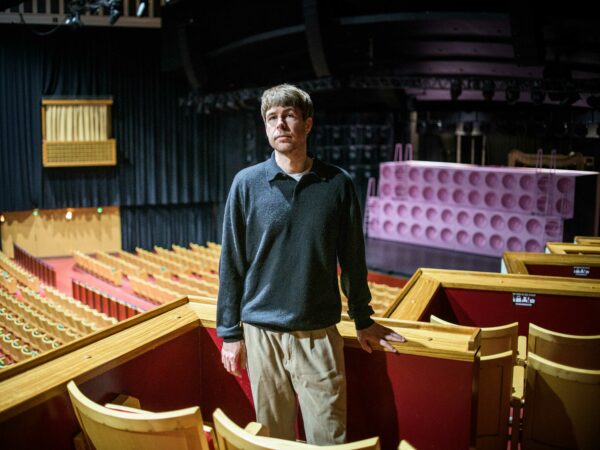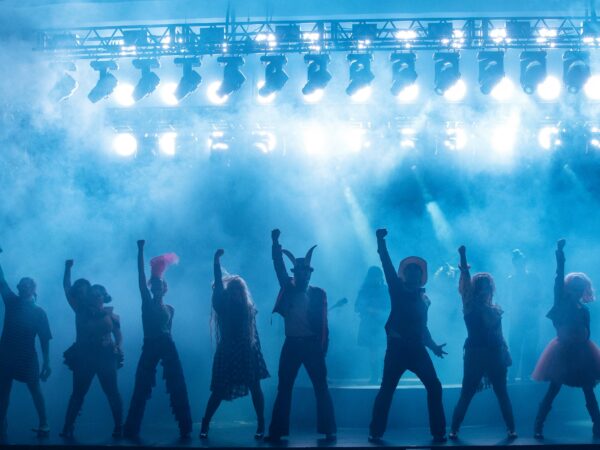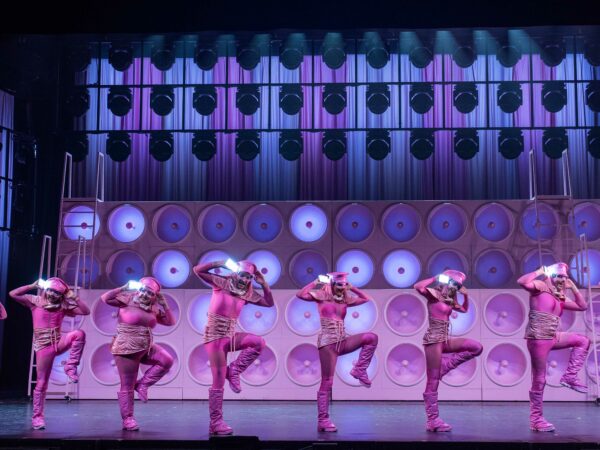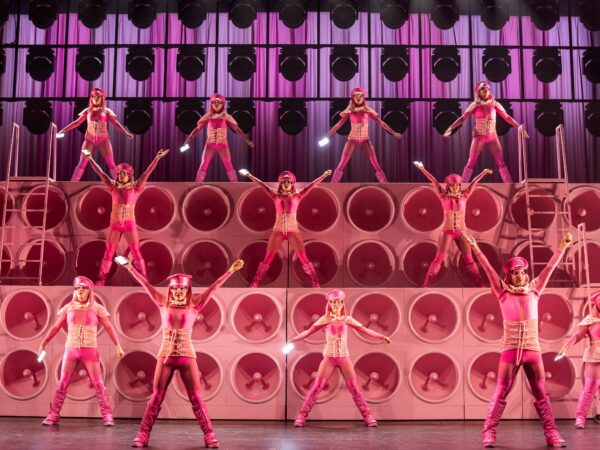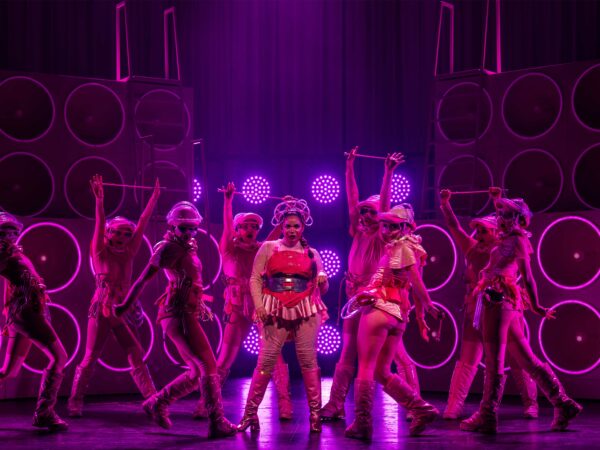We Will Rock You Denmark pushes DiGiCo hardware to the max with unique mix programming technique
The We Will Rock You musical is a massive worldwide success and, since opening in London in 2002, numerous versions have been staged in every corner of the globe. For the most recent version in Denmark, sound designer and Head of Sound, Magnus Hansen, has made full use the DiGiCo SD7 T console personalisation. This preparation work ensures the complex requirements of this high-octane show do not overwhelm his team and leaves space for creativity. The extensive console programming allows engineers the freedom and flexibility to get the most out of the show, night after night.
The brand-new Danish translation of We Will Rock You opened in the Tivoli Concert Hall in Copenhagen ahead of a nationwide tour, and is produced by Lion Entertainment. The DiGiCo SD7 T at front of house is accompanied by a Quantum 338 and KLANG at the monitor position, and SD7T in the redundant mix room, all supplied by DiGiCo dealer, Lydfabrikken. The show is renowned for its fast-paced scenes, with over 20 Queen hits featured throughout. There are 20 people in the cast and five in the band, 20 IEM channels, 60 mic channels, wireless MIDI, wireless cameras, plus sound effects, mixing and timing of cues for the engineers to concentrate on. Not only that, the band are located in two huge boxes that move around the stage, with musicians performing wirelessly! There are three show staff, Lukas Ockelmann, Oliver Svensson and Tobias Vohnsen, accompanied for the rehearsal period by Frank Grønbæk in the redundant mix room, Alistair Kerslake on monitors and supported by sound designer, Magnus Hansen.
By adding extended automation to the basic audio-structure at front of house, the sound team have been able to refine the mix, delivering an enhanced experience for the audience and ensuring that front of house engineer Lukas Ockelmann is free to fully connect with the cast and band on stage. As Hansen explains, it is a unique system that has offered huge rewards for the team.
“We had just 11 days on location with full technical and creative support to assemble the whole show, including previews! We wanted to find a way to really use that time effectively, not just to prepare everything technically, but to maximise our creative time with the rest of the design team,” he says. “We were looking at the Snapshot and Macro functionality of the consoles and realised that if we had a whole redundant system in another room, we could record sections of the show and work on the mix separately, but simultaneously. While Lukas was mixing and cueing rehearsals live, Frank mixing the songs in a separate room. I was able to keep a full overview and make final adjustments to streamline the design. Once rehearsals were over for each day, we merged the show files and then built on this hard work each day.”
Having worked with Lion Productions for almost a decade, Hansen has developed a strong relationship with the rest of the team and was able to explain the benefit and efficacy of this new system.
“It is very important to understand that we are aiming for a high level of detail in the mix,” Hansen continues. “With this method, the whole backbone of the mix is programmed in. We can utilise the Snapshots to pre-programme tiny changes in reverbs, effects or dynamics, which means Lukas can really focus on riding the faders like an instrument, shaping the natural dynamics in real time. Using the DiGiCo this way, we simplified the technical setup through pre-programming, removing barriers and allowing Lukas to focus fully on creative mixing and musical fader control. On average, we have about 20 Snapshots per song, but it is not 100%, fingers still work a lot on the faders. But now, movements are comfortable, in both the loudest and quietest parts.”
The Snapshots are triggered automatically via timecode, so Lukas can trust that the changes are happening exactly when they are needed, while still maintaining control of the overall mix. In order to alert engineers to a long sequence of automation, the team have also programmed colour-coded changes to avoid accidental button pushes. When a sequence is in progress, the Snapshot background will show in red, and then return to normal colouring once the sequence has completed. The team are also taking advantage of the text formatting, changing the typeface to bold or italic, depending on the type of cue.
“With so many cues, we needed a quick view and thanks to the flexibility of the desk programming, we have a variety of ways to do this. For example, we can use blue-italic for MIDI cues, thin type lower-case for dialogue, and bold CAPS LOCK text for songs,” Ockelmann explains. “The T software is great for this level of detail. We have the scope to do whatever we need to make everything clear from a single glance.”
The reactions from the rest of the creative team have been overwhelmingly positive, with
everyone valuing the work happening with the redundant setup, everyone can hear that we can work twice as fast, without the need of spending the nights working or taking stage-time for the mixing process. It is a process that could only have been done with a DiGiCo desk.
“It has brought a sense of calm to the production. They don’t have to worry about giving up precious stage time so we can create a high-quality music mix. For me, in my role as designer, it has freed me up to focus on the bigger perspective of the creative choices,” Hansen concludes. “Exploiting the flexibility of our DiGiCo console means that we can achieve a level of detail that has not been possible before. I don’t think we would be able to do this with any other console. The production can prioritise the music mix, even when time is short, and I can still maintain creative control over all aspects of the audio design. It’s been brilliant.”
[ENDS]
Hi-res images and Word doc available for download here.
WWRY show shots photo credit: Morten Rygaard
Press Contacts:
Maria Fiorellino at DiGiCo
Tel: +44 1372 845600
Email: maria@digiconsoles.com
Web: www.digico.biz
Sarah James at Gasoline Media
Tel: +44 1483 223333
Email: sarahj@gasolinemedia.com
Exploiting the flexibility of our DiGiCo console means that we can achieve a level of detail that has not been possible before.
